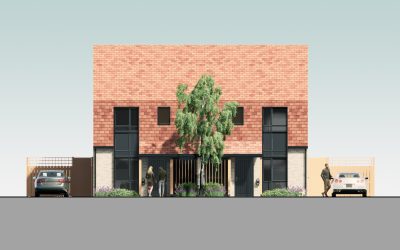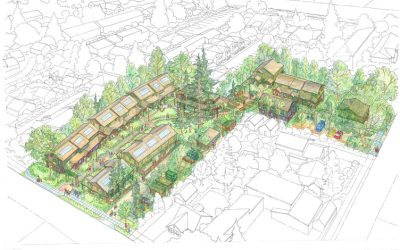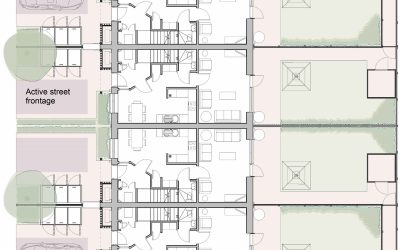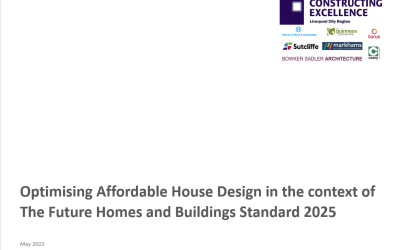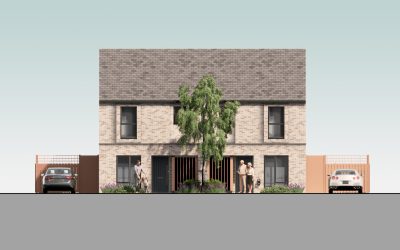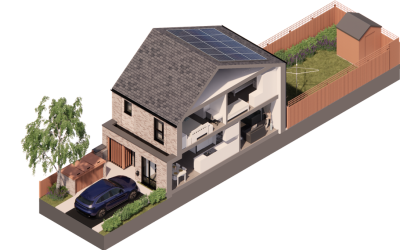Construction is the world’s largest industry and it’s omissions account for 39% of global energy related carbon emissions.
We are Environmental Management System : BS EN ISO 14001 : 2015 Accredited
Bowker Sadler recognises that the built environment has a vital role to play in responding to the climate emergency and strives to minimise impacts in all areas of the business. Whether this be by educating ourselves in sustainable constructions, technologies and products, and then using our knowledge to design environmentally friendly buildings, or undertaking studies such as ‘Optimising Affordable House Design in the context of the Future Homes Standard 2025’ with several of our construction industry partners, to assist our clients and fellow consultants in progressing towards the changing regulations and Net Zero targets. And we don’t stop here, whilst also considering the impacts of our projects, we also strive to making our own built environment more sustainable, making improvements to our Grade II listed building to ensure we’re practicing what we preach.
Guiding Principles
Our approach to achieving net zero carbon emissions will be guided by the following principles:
Sustainable Design:
We will prioritise design solutions that maximize energy efficiency, utilise renewable resources, and minimise waste generation, ensuring that our projects contribute positively to the environment and community.
Collaboration:
We will collaborate closely with clients, engineers, contractors, and stakeholders to develop integrated design strategies that reduce carbon emissions while meeting project goals.
Innovation:
We will remain at the forefront of sustainable design practices and technologies, continuously exploring innovative solutions that advance our mission to achieve net zero carbon emissions.
Education:
We will educate our team members, clients, and the broader community about the importance of net zero carbon emissions and how architectural design can contribute to a sustainable future.
